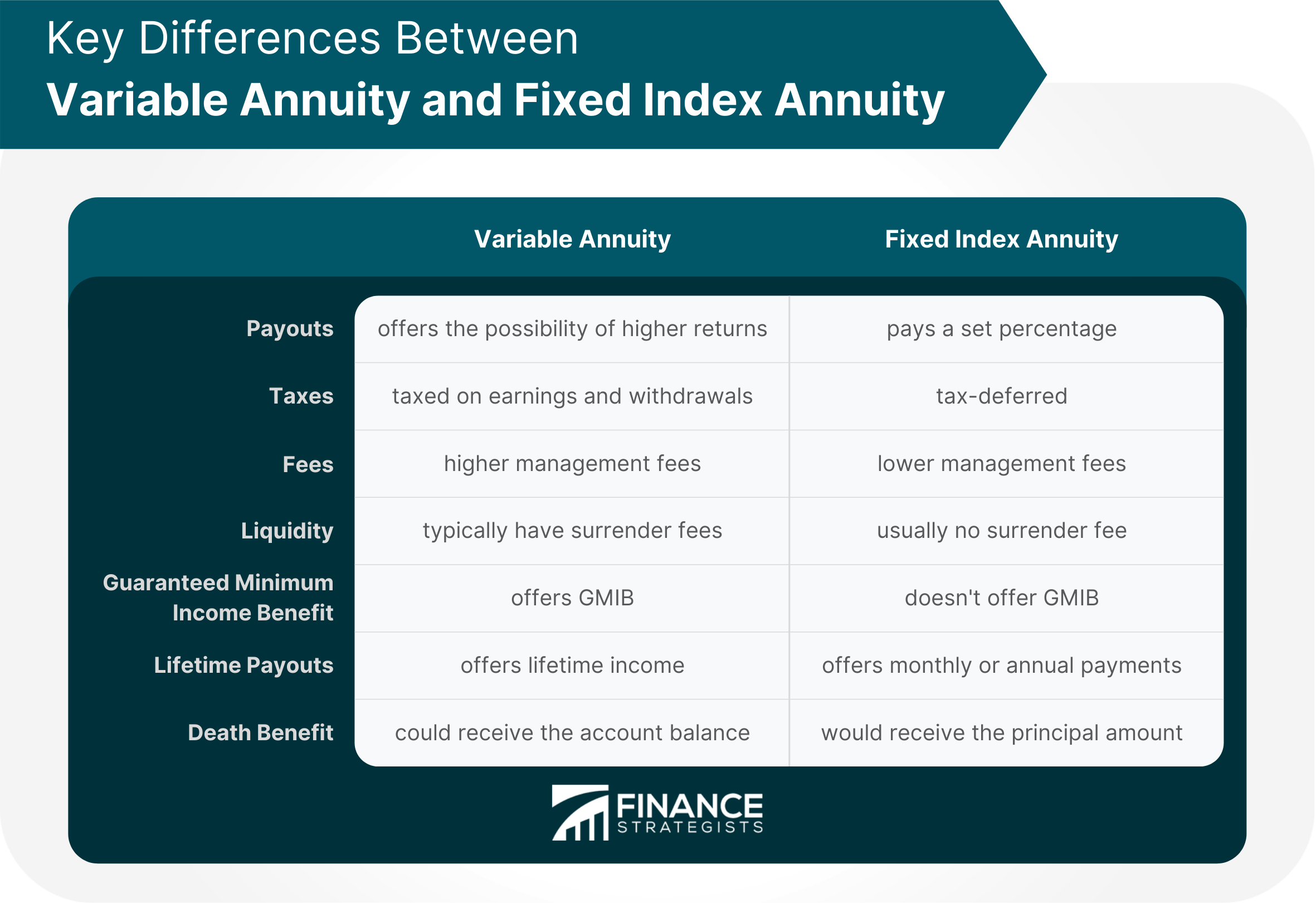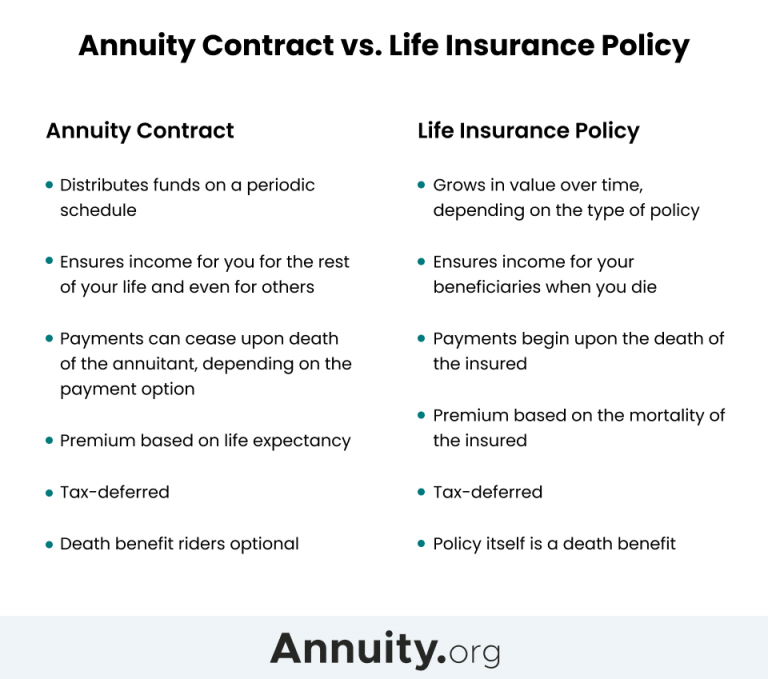All Categories
Featured
Table of Contents
Simply as with a dealt with annuity, the proprietor of a variable annuity pays an insurer a swelling amount or series of repayments for the assurance of a series of future payments in return. Yet as discussed above, while a dealt with annuity grows at an ensured, constant rate, a variable annuity expands at a variable rate that relies on the performance of the underlying financial investments, called sub-accounts.

Throughout the build-up phase, assets invested in variable annuity sub-accounts expand on a tax-deferred basis and are taxed only when the agreement owner takes out those incomes from the account. After the buildup phase comes the income stage. Gradually, variable annuity possessions must theoretically increase in value until the contract proprietor decides he or she would love to start withdrawing money from the account.
One of the most considerable problem that variable annuities typically present is high expense. Variable annuities have a number of layers of costs and costs that can, in aggregate, create a drag of up to 3-4% of the contract's worth yearly. Below are the most usual charges connected with variable annuities. This expense compensates the insurance company for the danger that it assumes under the terms of the agreement.
Understanding Financial Strategies A Closer Look at Fixed Indexed Annuity Vs Market-variable Annuity Breaking Down the Basics of Variable Vs Fixed Annuities Benefits of What Is Variable Annuity Vs Fixed Annuity Why Choosing the Right Financial Strategy Matters for Retirement Planning How to Compare Different Investment Plans: How It Works Key Differences Between Fixed Annuity Vs Variable Annuity Understanding the Rewards of Fixed Annuity Vs Variable Annuity Who Should Consider Strategic Financial Planning? Tips for Choosing the Best Investment Strategy FAQs About Planning Your Financial Future Common Mistakes to Avoid When Planning Your Retirement Financial Planning Simplified: Understanding Your Options A Beginner’s Guide to Smart Investment Decisions A Closer Look at Variable Vs Fixed Annuity
M&E cost fees are determined as a percent of the agreement worth Annuity companies hand down recordkeeping and various other administrative prices to the contract proprietor. This can be in the kind of a level annual cost or a portion of the contract worth. Management charges might be included as part of the M&E risk cost or might be analyzed separately.
These fees can range from 0.1% for passive funds to 1.5% or more for actively handled funds. Annuity agreements can be customized in a number of ways to offer the particular needs of the contract owner. Some common variable annuity bikers consist of guaranteed minimal buildup benefit (GMAB), assured minimum withdrawal benefit (GMWB), and guaranteed minimum income benefit (GMIB).

Variable annuity contributions supply no such tax reduction. Variable annuities tend to be highly inefficient cars for passing wealth to the future generation because they do not enjoy a cost-basis adjustment when the original contract owner passes away. When the owner of a taxed investment account passes away, the price bases of the financial investments held in the account are adapted to show the marketplace prices of those investments at the time of the proprietor's fatality.
Highlighting the Key Features of Long-Term Investments Everything You Need to Know About Financial Strategies Breaking Down the Basics of Fixed Indexed Annuity Vs Market-variable Annuity Benefits of Choosing the Right Financial Plan Why Choosing the Right Financial Strategy Can Impact Your Future How to Compare Different Investment Plans: A Complete Overview Key Differences Between Different Financial Strategies Understanding the Risks of Long-Term Investments Who Should Consider Fixed Vs Variable Annuity Pros And Cons? Tips for Choosing Fixed Income Annuity Vs Variable Annuity FAQs About Planning Your Financial Future Common Mistakes to Avoid When Choosing a Financial Strategy Financial Planning Simplified: Understanding Your Options A Beginner’s Guide to Smart Investment Decisions A Closer Look at How to Build a Retirement Plan
For that reason, beneficiaries can acquire a taxed investment portfolio with a "fresh start" from a tax viewpoint. Such is not the instance with variable annuities. Investments held within a variable annuity do not obtain a cost-basis change when the initial owner of the annuity dies. This implies that any kind of built up latent gains will certainly be passed on to the annuity proprietor's heirs, along with the linked tax burden.
One significant problem associated with variable annuities is the possibility for disputes of interest that may feed on the component of annuity salesmen. Unlike a financial advisor, that has a fiduciary task to make financial investment choices that benefit the customer, an insurance policy broker has no such fiduciary commitment. Annuity sales are highly financially rewarding for the insurance coverage experts that market them as a result of high upfront sales compensations.

Numerous variable annuity contracts have language which positions a cap on the percent of gain that can be experienced by particular sub-accounts. These caps stop the annuity owner from totally taking part in a portion of gains that could or else be appreciated in years in which markets produce significant returns. From an outsider's perspective, presumably that investors are trading a cap on financial investment returns for the abovementioned guaranteed floor on investment returns.
As kept in mind over, give up charges can significantly limit an annuity proprietor's ability to move possessions out of an annuity in the very early years of the agreement. Additionally, while most variable annuities allow contract proprietors to withdraw a defined amount throughout the accumulation phase, withdrawals past this quantity typically lead to a company-imposed charge.
Withdrawals made from a set rates of interest financial investment option can also experience a "market price modification" or MVA. An MVA changes the worth of the withdrawal to reflect any kind of modifications in rate of interest from the time that the money was bought the fixed-rate choice to the moment that it was taken out.

Frequently, also the salespeople that offer them do not totally comprehend just how they function, and so salespeople often prey on a customer's feelings to market variable annuities rather than the merits and viability of the items themselves. We think that capitalists ought to completely comprehend what they own and exactly how much they are paying to possess it.
Exploring Fixed Annuity Vs Variable Annuity Everything You Need to Know About Financial Strategies Breaking Down the Basics of Variable Vs Fixed Annuity Advantages and Disadvantages of Different Retirement Plans Why Variable Vs Fixed Annuities Can Impact Your Future How to Compare Different Investment Plans: Simplified Key Differences Between Variable Annuity Vs Fixed Annuity Understanding the Risks of Tax Benefits Of Fixed Vs Variable Annuities Who Should Consider Strategic Financial Planning? Tips for Choosing Annuity Fixed Vs Variable FAQs About Fixed Vs Variable Annuities Common Mistakes to Avoid When Choosing Immediate Fixed Annuity Vs Variable Annuity Financial Planning Simplified: Understanding Variable Annuity Vs Fixed Annuity A Beginner’s Guide to Smart Investment Decisions A Closer Look at Variable Vs Fixed Annuities
The same can not be claimed for variable annuity properties held in fixed-rate financial investments. These assets legally come from the insurance provider and would certainly consequently go to risk if the business were to fall short. Likewise, any kind of guarantees that the insurance policy firm has actually consented to give, such as a guaranteed minimal revenue benefit, would certainly remain in question in case of a company failing.
Potential buyers of variable annuities must recognize and consider the economic condition of the issuing insurance policy firm before getting in into an annuity contract. While the advantages and disadvantages of numerous kinds of annuities can be discussed, the genuine concern bordering annuities is that of viability. In other words, the concern is: that should possess a variable annuity? This inquiry can be hard to respond to, offered the myriad variations readily available in the variable annuity world, yet there are some standard standards that can assist capitalists determine whether or not annuities must play a function in their economic strategies.
As the stating goes: "Buyer beware!" This article is prepared by Pekin Hardy Strauss, Inc. Best annuities for long-term planning. ("Pekin Hardy," dba Pekin Hardy Strauss Wealth Monitoring) for informational objectives just and is not meant as an offer or solicitation for business. The info and information in this post does not constitute legal, tax obligation, audit, investment, or other professional advice
Table of Contents
Latest Posts
Analyzing Annuities Variable Vs Fixed A Comprehensive Guide to Variable Vs Fixed Annuity What Is the Best Retirement Option? Pros and Cons of Fixed Annuity Vs Equity-linked Variable Annuity Why What I
Highlighting the Key Features of Long-Term Investments A Comprehensive Guide to Investment Choices Defining the Right Financial Strategy Advantages and Disadvantages of Immediate Fixed Annuity Vs Vari
Exploring Tax Benefits Of Fixed Vs Variable Annuities A Comprehensive Guide to Fixed Annuity Vs Equity-linked Variable Annuity Breaking Down the Basics of Investment Plans Benefits of Choosing the Rig
More
Latest Posts